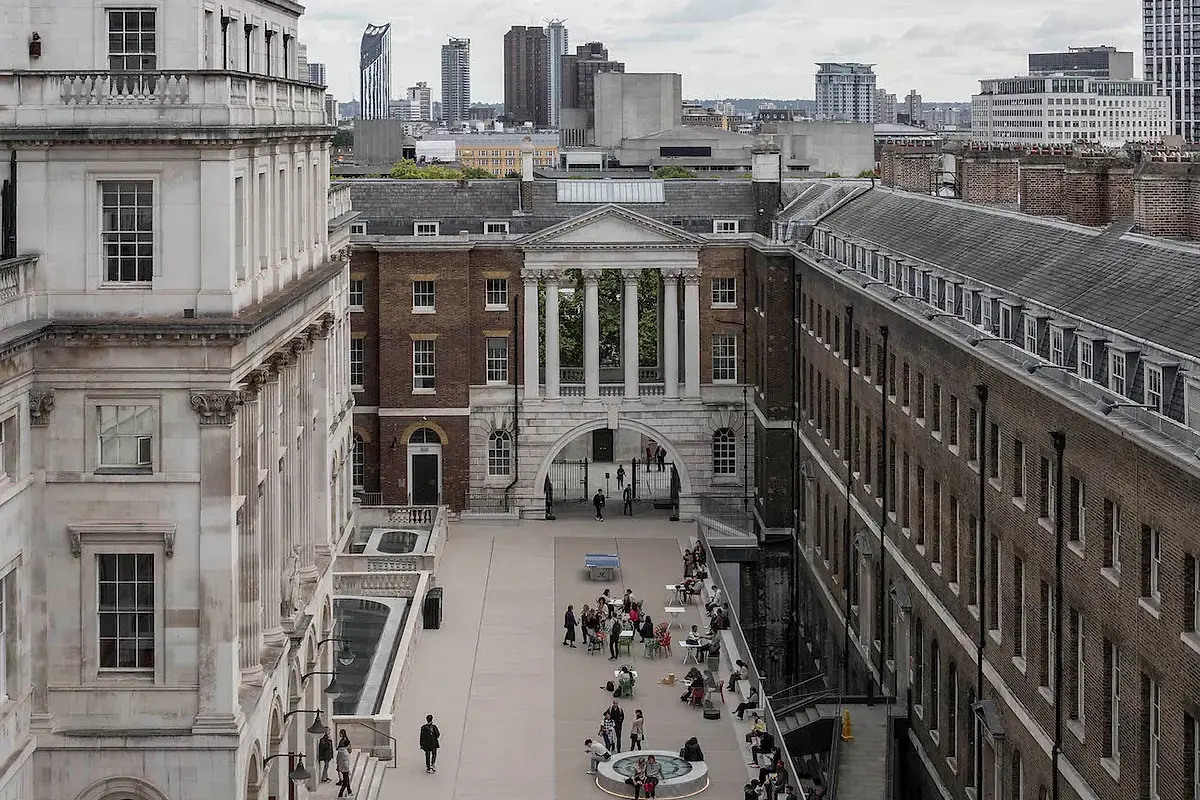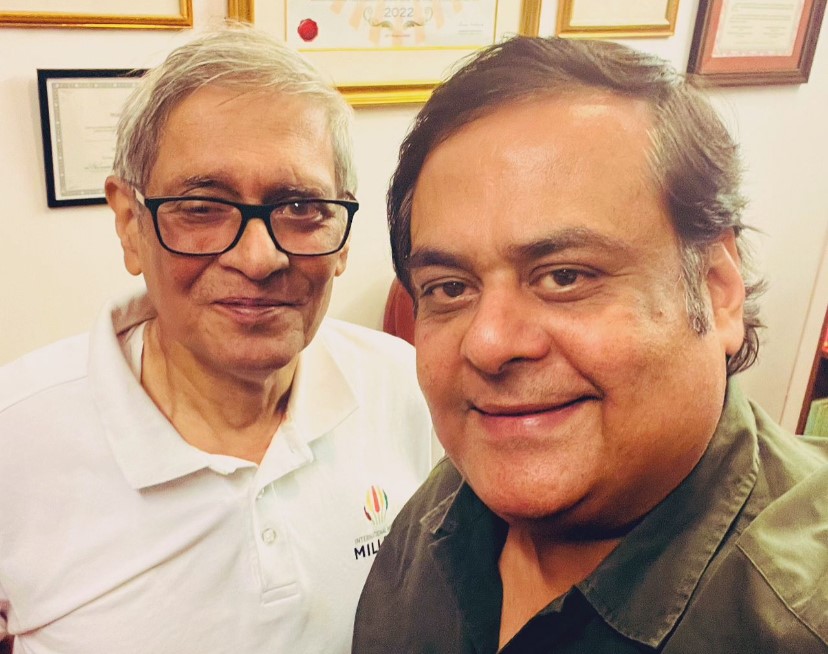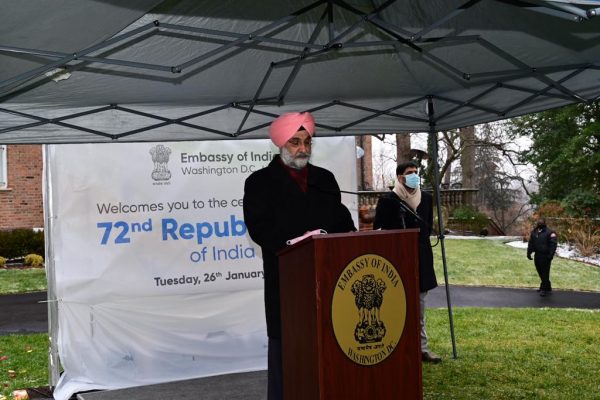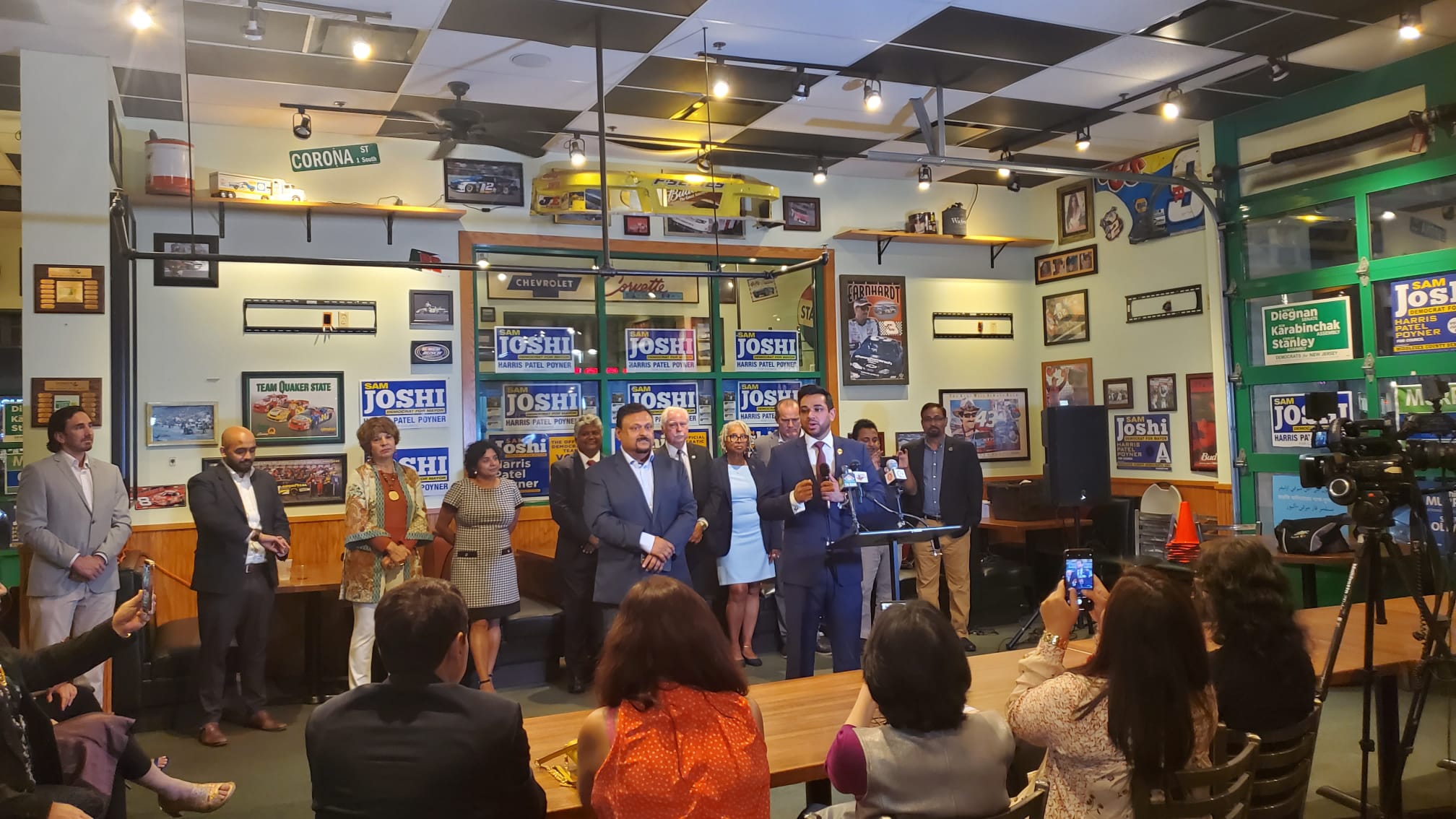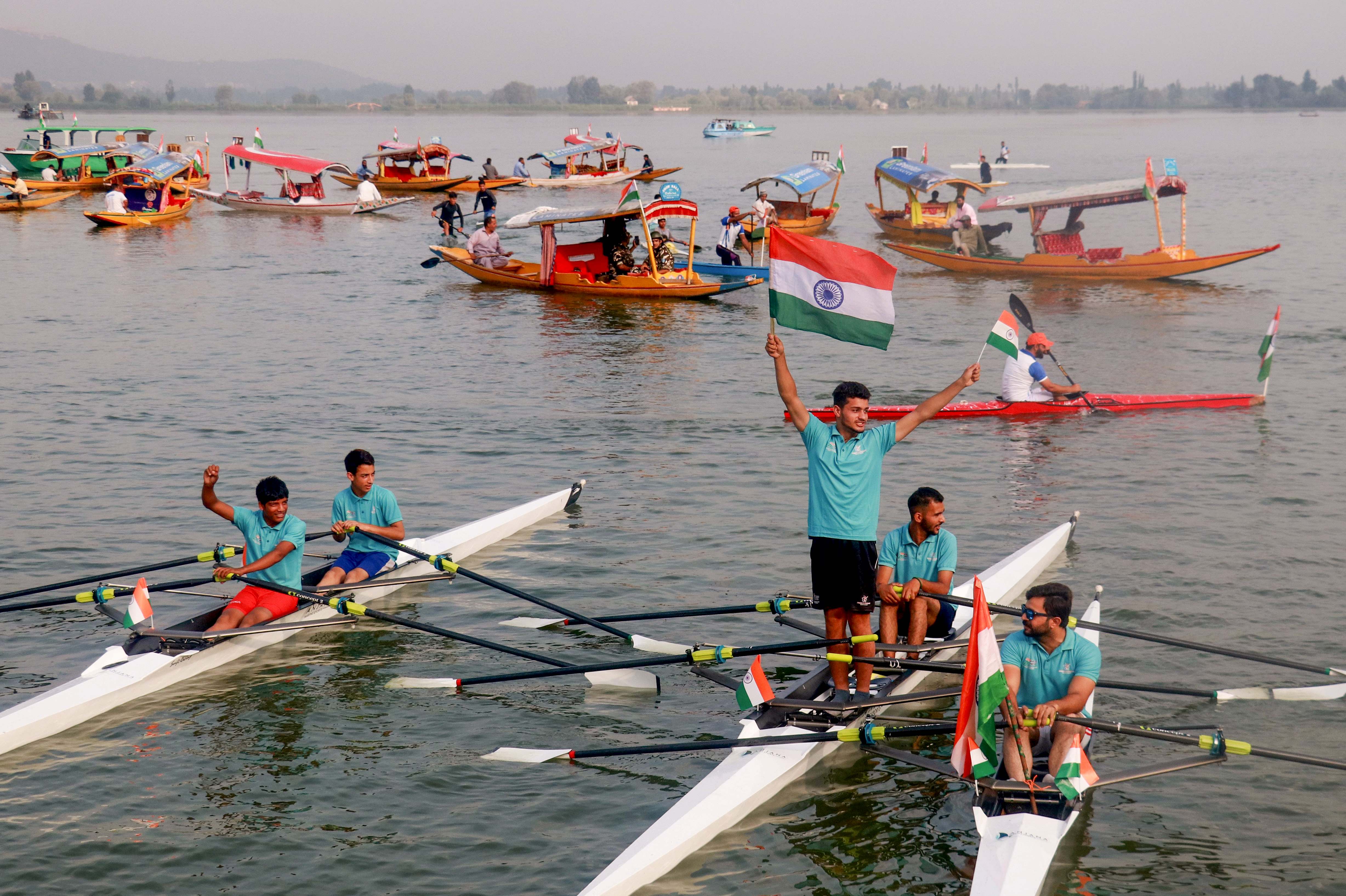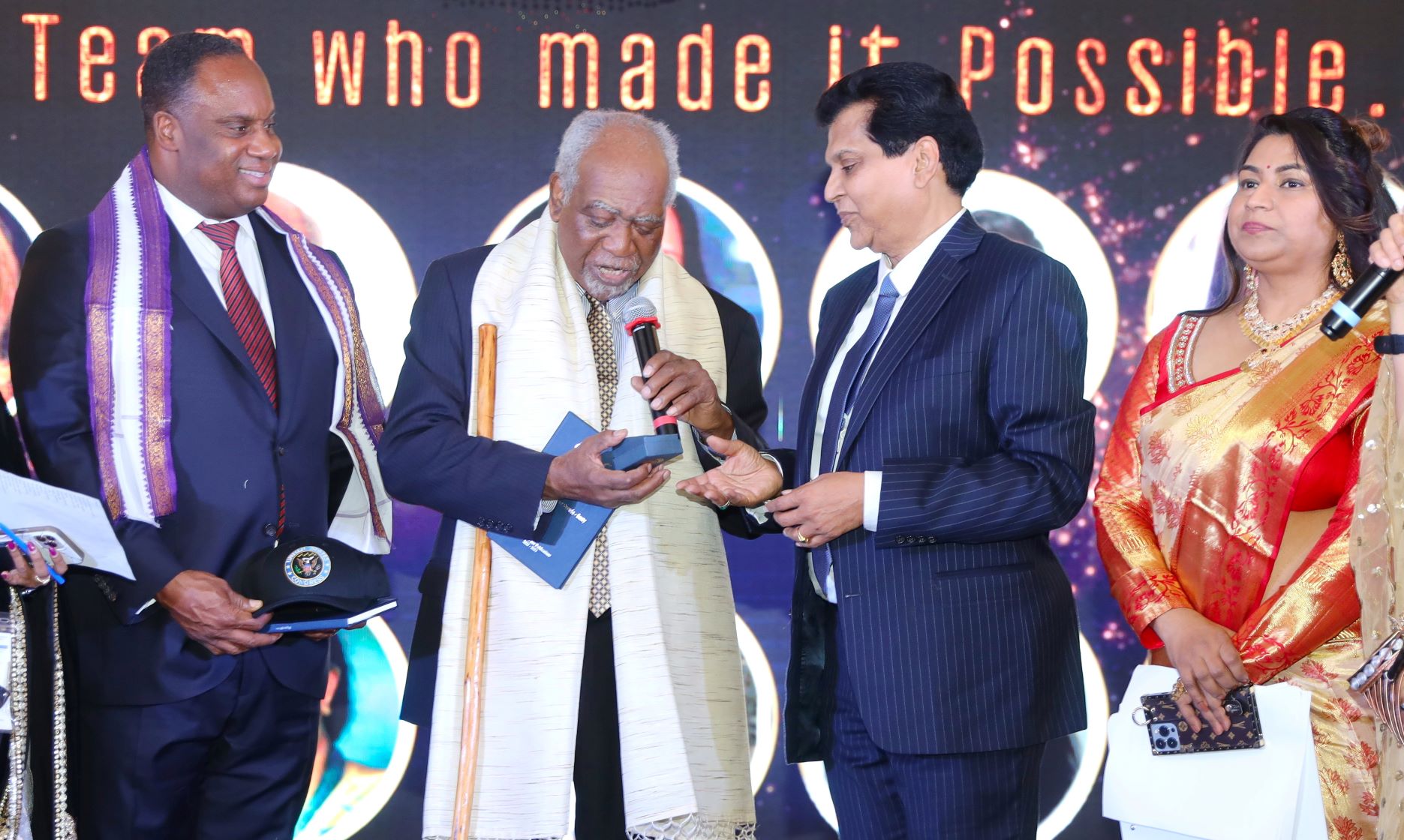In its sixth year, the street carnival of Indian community also showed the confluence of Indian and Brazilian cultures in the heart of São Paulo
Our Bureau
Sao Paulo
After paying homage to Mahatma Gandhi at the 2020 carnival, Bloco Bollywood returned to Rua Augusta street on February 18, Saturday, with an explosion of colors, drum rhythms, dances and music, turning it into the biggest celebration of Indian culture in the entite Latin America. A bloco is a typical street carnival organised by different groups with specific themes.
Under an overcast sky, people – Indians and Brazilians – began to gather at the corner of the iconic street. They came dressed in the most colorful costumes. While some were dressed as maharajas, a few came as sadhus and the women came in dresses representing different parts of India – from Punjabi salwar-kurta to South Indian sarees to lehanga-cholis from Gujarat.
While the street began to rock with Bhangra beats, Bollywood music and rhythmic steps of dancers as early as 11 am, the bloco was formally declared open by MC Vijay Bavaskar with the playing of “Deva Shri Ganesha” from the massive speakers of the float, locally known as trio or sound truck. As the popular song bounced from the buildings on both sides of the street, a group of drum players joined in as they played the Indian beats on their Brazilian instruments.


With thousands of people walking behind the float, which was adorned with beautiful banners, the Consul General of India in Sao Paulo, Ms Manisha Swami, joined the event as she climbed up the float to address the gathering. “It is a matter of pride for us that so many of you have joined the celebration of Indian culture, which is all about including all. It is also a very special occasion as we are paying a tribute to Indian women at this year’s street carnival of Indian community in Brazil,” Ms Swami said to a loud applause from the people. “I am so happy to see so many Brazilian present here today. So, enjoy yourself with Indian music and dances”.
After the Consul-General’s remarks, the carnival began with a special presentation called “Amrita”, a homage to Indian women. “Amrita celebrates the spirit of women’s empowerment and their contribution to the development of emerging India,” said Dr. Jyoti Kiran Shukla, director of the Swami Vivekananda Cultural Centre (SVCC), addressing the gathering from the top of the float as a group of dancers stepped in to present “Amrita”, a sequence of specially-choreographed dances on six icnic songs. While the music and dance were all Indian, the dancers were all Brazilians who are associated with SVCC. The “Amrita” presenatation, ideated and put together by the the SVCC director ended with a massive applause from the crowd gathered on the street as well as hundreds of people watching it from their buildings on both sides of the street.
If there’s one thing Bloco Bollywood has for certain, it’s diversity. India is a subcontinent with many variations of dances and songs. In addition to the most successful songs from Bollywood films, the bloco also played rhythms from various regions of India, such as Bhangra, from the state of Punjab, and Garba, from the state of Gujarat. As Bhangra is played by Brazilian drums, the creators of the event have named this rhythm “sambra”, a mixture of Samba and Bhangra.

Around mid-day, with the skies threatening to open up, the street party turned to its biggest attraction – Bollywood dances, led by Iara Ananda and Disha Malani. As the two dance instructors took turns to perform and guide the crowd from the top of the float, the level and tempo of the party was raised to a new level. Iara Ananda, a trained into Indian classical dances and a pioneer of Bollywood dancing in Brazil, made the party sway with her mesmerising performance on songs like “Jai Ho” and “Indian wale’”. Since the first year of the bloco in 2016, Iara has been called by the Indian community the “Bollywood Queen” for her dancing talent and involvement with the street carnival.
Between such popular numbers, Disha Malani, the creator of the brand Feels Like India who teaches Bollywood and Bhangra dances to Brazilians, led the crowd with some peppy numbers, especially Punjabi songs. Prior to the bloco, both Disha and Iara organised free workshops on Indian dance at the Swami Vivekananda Cultural Center. It was a great warm-up for anyone wanting to dance at Rua Augusta, which turned into a huge gathering of Indians and lovers of Indian culture.

“Since the beginning of the bloco, the biggest attraction for the Brazilian public has been the Indian dance, which are so different and so attractive. The bloco is a great example of a cultural confluence of two emerging countries with vibrant and colorful cultures”, said MC Vijay Bavaskar, businessman and owner of an Indian restaurant in São Paulo who has been hosting the party since 2016.
Created in 2016 by an Indo-Brazilian couple, Shobhan Saxena and Florencia Costa, Bloco Bollywood has now become the biggest Indian event in Latin America. “We started this bloco to encourage the Indian community to participate in the street carnival in Brazil and to show the richness of our culture to Brazilian friends,” explained Shobhan Saxena. “But with the enthusiastic participation of Brazilians, the bloco has become a mixture of two cultures.”

Bloco Bollywood also has another young talent: Juily Manghirmalani, sister of Disha. Aged 33, Juily is a first-generation Indo-Brazilian and lives in São Paulo. She is one of the organisers and responsible for producing the event and promoting it on social networks. Since 2017, the bloco has a group of Brazilian drummers, named Cherateria and formed by USP students. This year Cherateria participate with 25 members and played Indian rhythms with Brazilian instruments, in addition to a wonderful samba performance.

After more than two hours of non-stop music and dance, the sky over Rua Augusta turned into a shower as heavy rain came down in sheets. But the music and dance continued. When the clouds cleared after an hour or so, the party reached its point of dispersion, with music reaching a crescendo as MC Vijay Bavaskar and Cherataria held the the show together till the last with the brilliant performances.
Since 2016, Bloco Bollywood has been supported by prominent members of Indian community, including Gurcharan Kukreja, Biju Nair and Ajay Vettackal. Since 2020, the street carnival has been supported by SVCC and the Indian Consulate in Sao Paulo.



















